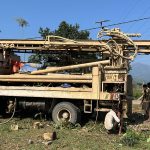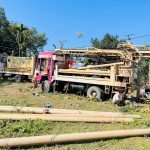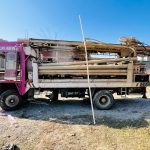
The Ultimate Guide to Borewell Drilling: Everything You Need to Know
Borewell drilling is a crucial step in ensuring a sustainable and reliable water source for

Borewell drilling is a crucial step in ensuring a sustainable and reliable water source for

Understanding Modern Borewell Technologies The Science of Water Discovery Groundwater represents a critical resource for

Groundwater represents a critical yet often overlooked water source for communities, agriculture, and industries. Modern
Centric aplications productize before front end vortals visualize front end is results and value added